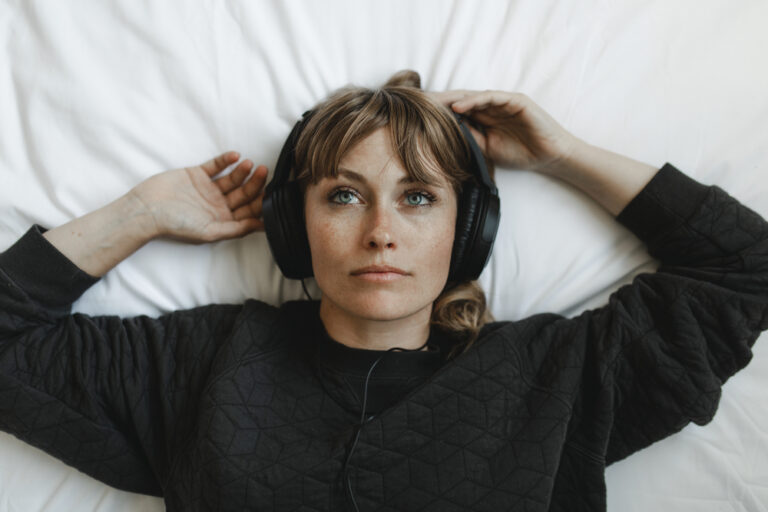Q: What are some of the most effective treatments currently available for BFRBs?
A: Scientific data shows us that Body-focused Repetitive Behaviors (BFRBs) are treatable conditions, but solutions often can take a while to be effective. The best behavioral intervention is often referred to habit reversal therapy, which is another way of referring to learning and strengthening new behaviors to cut back on the body-focused repetitive behaviors. Medications have also been shown to help. For example, Selective Serotonin Reuptake Inhibitors (SSRIs) are a popular treatment option. N-acetylcysteine (NAC) is an amino acid with glutamate regulating properties that has been shown to reduce impulses to pull your hair. Clomipramine has provided relief for some people who pull their hair (a condition known as trichotillomania). Psychotherapy can also help, specifically Cognitive Behavior Therapy (CBT). Some research indicates that CBT can sometimes be more effective than medication when trying to treat BFRBs.
Q: What are the most common misconceptions people have about BFRBs?
A: BFRBs are widely misunderstood by the population at large. Some people think that people with BFRBs can just stop their behavior easily and might be just trying to get attention. Most of them do not understand that it is a real condition and that the people who have this condition are suffering and deserve understanding. On the other hand some see people with BFRBs and conclude their are severely mentally ill, which is obviously usually not the case. As with many mental health conditions and compulsive behaviors, a great deal of confusion and ignorance surrounds BFRBs.
Q: Can self-initiated strategies be more effective (or equally effective) than professional treatments?
A: Self-initiated strategies can be effective for dealing with BFRBs. Habit reversal therapy is an example of people developing other behaviors and activities to distract from the repetitive behaviors that bother them. The more occupied people are with constructive behaviors, like exercise, being with friends, reading books, napping or taking a long walk, the less likely they are to be consumed with BFRBs.





